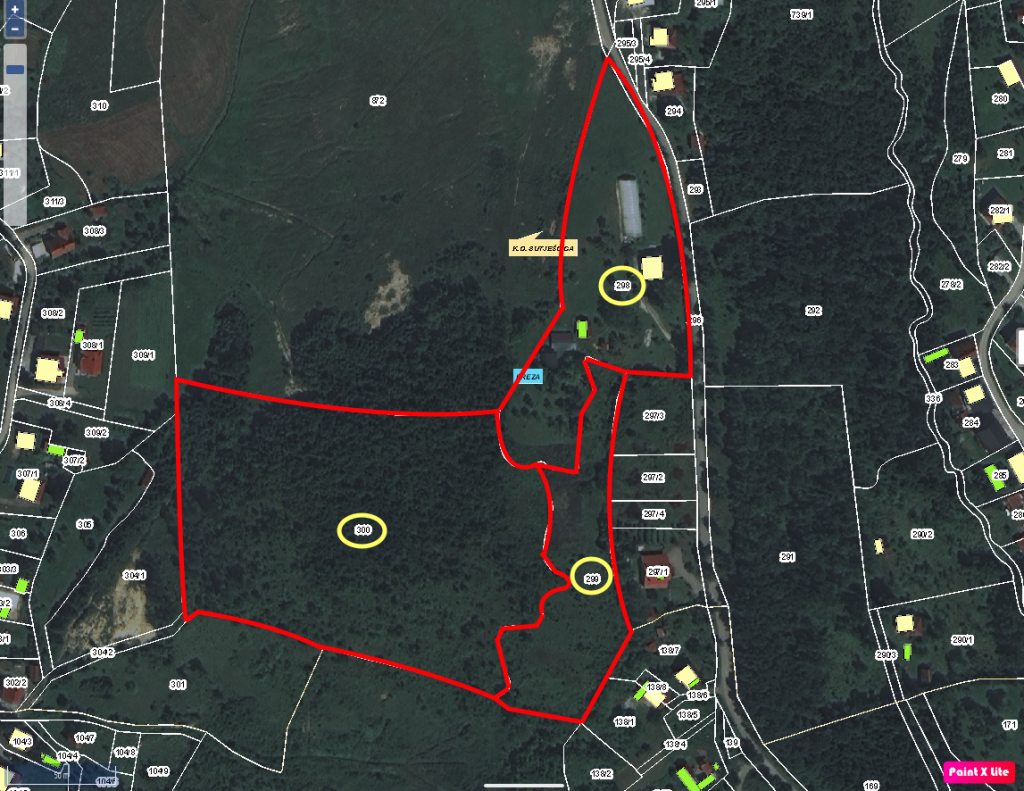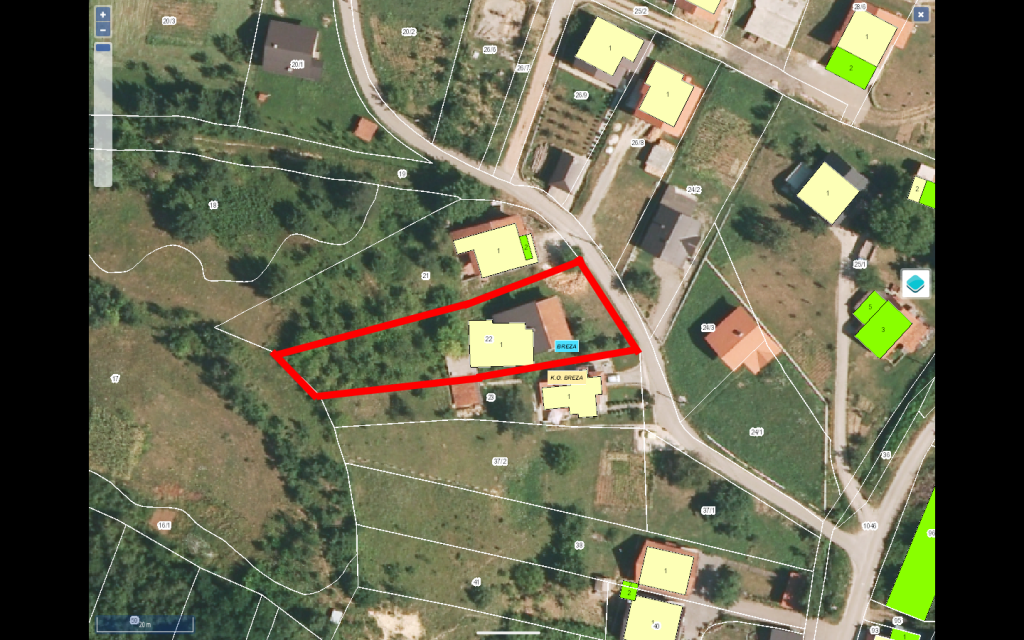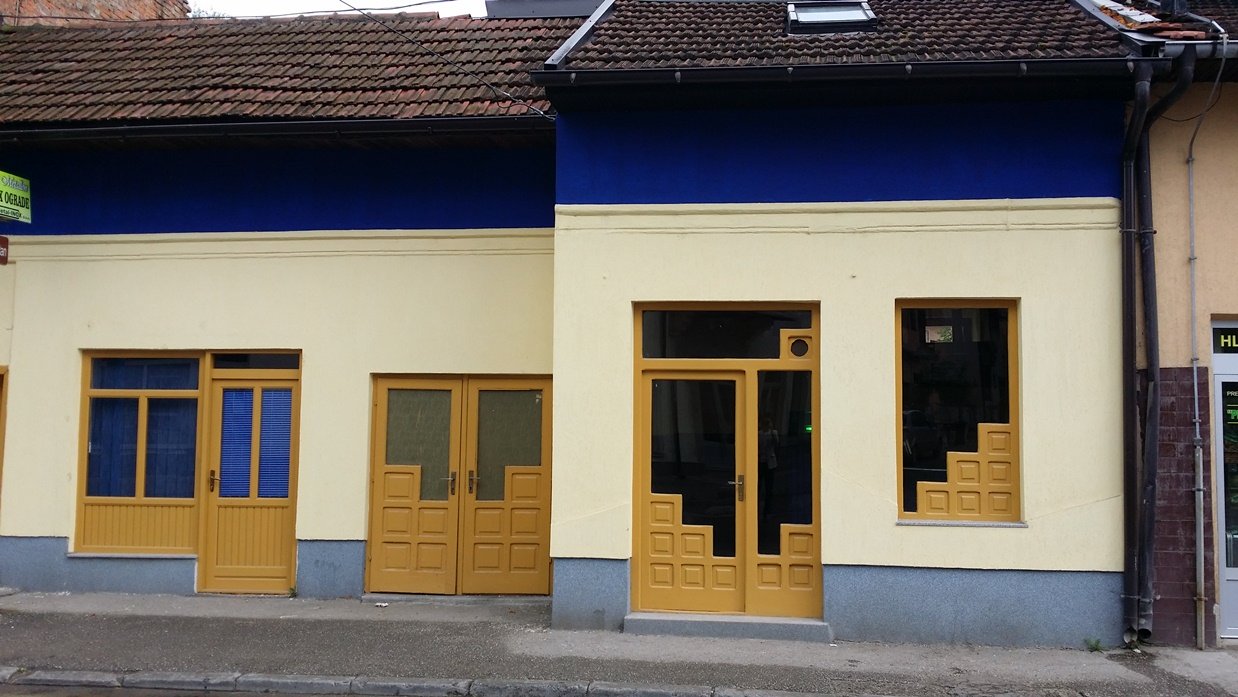In recent years, there has been a surge in interest in science kits for kids as parents as well as educators seek to inspire young minds and cultivate a passion for science, technology, engineering, and mathematics (STEM) subjects from an early age. Science kits offer hands-on, interactive learning experiences this engage children in discovering scientific concepts, conducting trials, and solving problems inside a fun and engaging manner. Nonetheless designing effective content in addition to curriculum for monthly research kits presents unique problems and opportunities, requiring careful consideration of educational objectives, age-appropriate activities, and alignment together with curriculum standards.
One of the important strategies in content design and style and curriculum development regarding monthly science kits is to ensure that activities are in-line with educational objectives and also learning goals. Each kit should be designed with specific learning outcomes in mind, whether it be launching basic scientific concepts, rewarding classroom learning, or selling critical thinking and problem-solving skills. By clearly articulating learning objectives and moving activities with curriculum requirements, educators can ensure that science kits provide meaningful learning experiences that complement and enhance formal education.
Additionally, science kits should be designed to cater to the developmental needs and interests of children on different age levels. Pursuits should be age-appropriate, challenging, and engaging, taking into account children's cognitive talents, attention spans, and likes and dislikes. For younger children, activities might focus on simple experiments and sensory exploration, whereas adolescent children may engage in more complex research and problem-solving challenges. Simply by tailoring content to the specific needs and interests diverse age groups, educators can ensure that will science kits are available and appealing to a wide range of youngsters.
Furthermore, science kits must incorporate a variety of hands-on, experiential learning activities that encourage lively exploration and discovery. Children learn best through hands-on experiences that allow them to keep hold of all their senses and positively participate in the learning process. Research kits should include a mix of tests, demonstrations, investigations, and inspiring projects that encourage children to inquire questions, make observations, along with draw conclusions based on proof. By providing opportunities for hands-on exploration, science kits can foster a deeper understanding of scientific concepts and showcase a lifelong love regarding learning.
In addition to hands-on routines, science kits should include options for children to engage in open-ended inquiry and experimentation. Open-ended activities allow children to explore scientific concepts in a imaginative and flexible manner, encouraging these to generate their https://mundoalbiceleste.com/members/quailchef3/activity/1288259/ own questions, layout their own experiments, and attract their own conclusions. By promoting curiosity, creativity, and 3rd party thinking, open-ended activities persuade children to take ownership of their learning and develop the relevant skills they need to become lifelong scholars and critical thinkers.
In addition, science kits should combine interdisciplinary connections that spotlight the interconnectedness of ORIGINATE subjects and their relevance to be able to real-world contexts. Many methodical concepts cut across various disciplines, and science sets provide an ideal opportunity to include STEM learning in a all natural and meaningful way. Exercises should incorporate elements of math concepts, engineering, technology, and the disciplines to provide a well-rounded and interdisciplinary learning experience. By making internet connections between different STEM things and real-world applications, science kits can help children produce a deeper understanding of the interconnectedness of the world around them.
Furthermore, science kits should include opportunities for children to engage in collaborative learning and social interaction. Science is often a collaborative endeavor that really needs teamwork, communication, and cohesiveness. Science kits should present opportunities for children to work together in groups, share thoughts, and collaborate on findings and projects. By fostering collaboration and social connections, science kits can help youngsters develop essential interpersonal skills such as communication, teamwork, and problem-solving, which are critical for achievements in school and beyond.
To summarize, content design and course development are critical the different parts of creating effective monthly scientific research kits for kids. By shifting activities with educational aims, tailoring content to the developmental needs and interests of children, incorporating hands-on, experiential learning activities, fostering open-ended inquest and experimentation, making interdisciplinary connections, and promoting collaborative learning and social connections, educators can design technology kits that engage in addition to educate young minds in the fun and meaningful way. Through innovative and engaging content, scientific research kits can inspire fascination, ignite a passion for learning, and empower children to explore the delights of the world around them.








